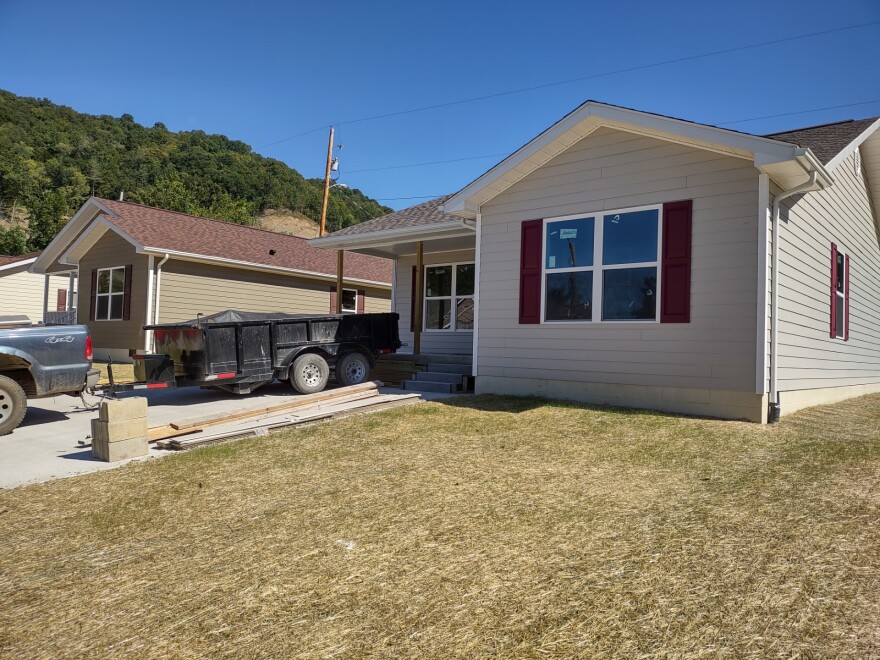The Morehead-Rowan County Economic Development Council (EDC) has released the results of a study analyzing the area’s housing shortage.
Rowan County lacks more than 1,100 housing units, and that gap is only expected to widen as industry grows in spots like Morehead and the Menifee-Morgan-Rowan County Industrial Park. Jason Slone, President and CEO of the Morehead Rowan County Chamber of Commerce, said many workers must turn to affordable housing outside of county lines, hindering growth.
“When you think about a population that’s growing, a community that’s growing, you think about your schools. A lot of those taxes that ensure that schools are maintained or building schools where they need to be, come from property tax,” said Slone. “And so, we don’t want to be creating, necessarily, bedroom communities, and communities outside of us. We want to be maximizing what we have here.”
He said though the area has been steadily growing in industry and population for the last two decades, the county’s population fell by just under one percent between the 2020 census and 2024 updates, in part because the people coming for industry and jobs are having difficulty affording to live nearby.
As part of the study, the EDC conducted a randomized survey on county residents. 62 percent of respondents said the state of affordable housing in Rowan County is poor or very poor. More than half said they or someone they know have struggled to find affordable housing in the county.
The EDC also released recommendations including appointing a city-county housing director and making infrastructure developments to support affordable housing, like building in growing areas of the county and improving public transportation. Slone said one of these recommendations is establishing conditional use permits, which are often misunderstood.
“Conditional use permits are not zoning. It’s a form of land regulation, but it only applies to someone looking at a business. If you own a piece of property, it does not mean it’s going to come into play with you on the standpoint that it’s residential. It does not apply to anyone who has, say, 40 acres of farmland and 25 head of cattle,” said Slone.
He added these permits would ensure new businesses moving into the area would not run counter to housing developments and open the door to public input. The EDC also recommends expanding essential services and public utilities to underserved areas, which may be prime for future housing developments. They aim to condense the total construction time of future utility expansion projects, and for 90 percent of future housing developments to be within two miles of services like schools and healthcare facilities.
The full report is at moreheadchamber.com.

